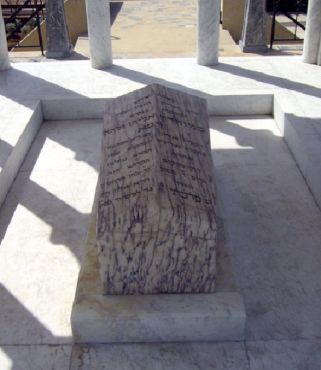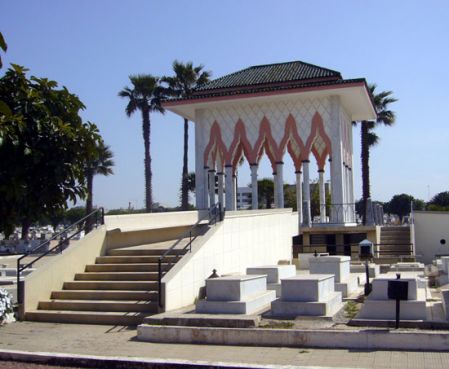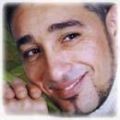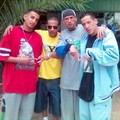Although his grave, located at the Jewish cemetery of Ben M’sik, is visited by Jews from Morocco and abroad, few people know that Rabbi Eliyahu HaCohen, also known as Qandil El Blad (The land’s lamp) was previously buried at the heart of Casablanca’s ancient medina.
Like the three mysterious saints of Errachidia, Qandil El Blad, also known by his nickname the «Master of the city» is, in fact, an unknown Rabbi. Few historians were interested in tracing back his origins, birth and works.
Accounts surrounding the life and death of Eliyahu HaCohen are almost all stories that have been circulating for centuries within the Moroccan Jewish community. Some of them suggest that the saint is a Rabbi from the «Holy Land» who lived and died in Casablanca.
An unknown saint buried in El-Bhira
Accounts claim that he is the brother of Rabbi Yahya Lakhdar. The latter, buried in Chaouiya, 100 kilometers east of Casablanca, was a «missionary who came to Morocco toward the end of the 17th century», indicates a book titled «Near East/ South Asia Report» (Foreign Broadcast Information Service, 1986). «He was sent from the Al Khalil Hebrew university with letters of credit to the Moroccan Jewish community», the same book recalled.

But as far as Rabbi Eliyahu HaCohen is concerned, little is known about his life in Casablanca. The only available accounts indicate that after his death, his remains were reburied in the 1960s in the Ben M’sik cemetery after they were recovered from in El-Bhira, at the heart of the ancient medina.
According to Dafina, the unknown saint was «buried in El-Bhira next to other Jewish saints : Rabbi Yishaq Qoriat, Rabbi Mas’ud Ohana and Lalla Sa’ada».
The same source indicates that the remains of these four Jewish saints were all transferred to the suburbs of Casablanca, «where a sumptuous monument was erected to honor their memory». «Several accounts recall the various attempts that were made to transfer these burials», the same source concluded.
Indeed, the operation was marked by a couple of incidents. According to stories reported by the Hevrat Pinto Foundation, the Moroccan authorities had to move the remains of the Jewish saint to build a road.
From El-Bhira to the Ben M’sik cemetery
When the day came to move the tomb, workers who were all Muslim, started digging around the grave. At that moment, the workers «felt paralyzed and were unable to move». «Frightened by what happened, their colleagues went to the Rabbinical Center of Casablanca and informed them of what happened», said the same source. The locals of Jewish faith had to pray and bless the workers to finally be able to move on with their task.

Moreover, the Rabbis of Casablanca had to intervene to «give their go-ahead» to the transfer operation. For their part, the authorities promised that the transfer would be done with the respect due to this tsaddik.
This was probably the reason why the city’s authorities built a magnificent mausoleum around the tomb of Rabbi Eliyahu to honor him and allow a pilgrimage.
We also know that this Rabbi had a synagogue that would have been ransacked last century and several years after his death. Indeed, in the book «Mémoire brisée d'une communauté méconnue : les judéo-espagnols du Maroc» (Amselem, 2003), Armand Amselem claims that this place of worship was «sacked by Muslims». The synagogue also served as a «refuge» for «Jewish and Muslim families», wrote Robert Assaraf in «Mohammed V et les Juifs du Maroc à l'époque de Vichy (1997)».
Today, the tomb of Rabbi Eliyahu HaCohen is visited by Jewish pilgrims, who come to «kiss the tombstone and light candles» while chanting prayers.





 chargement...
chargement...















